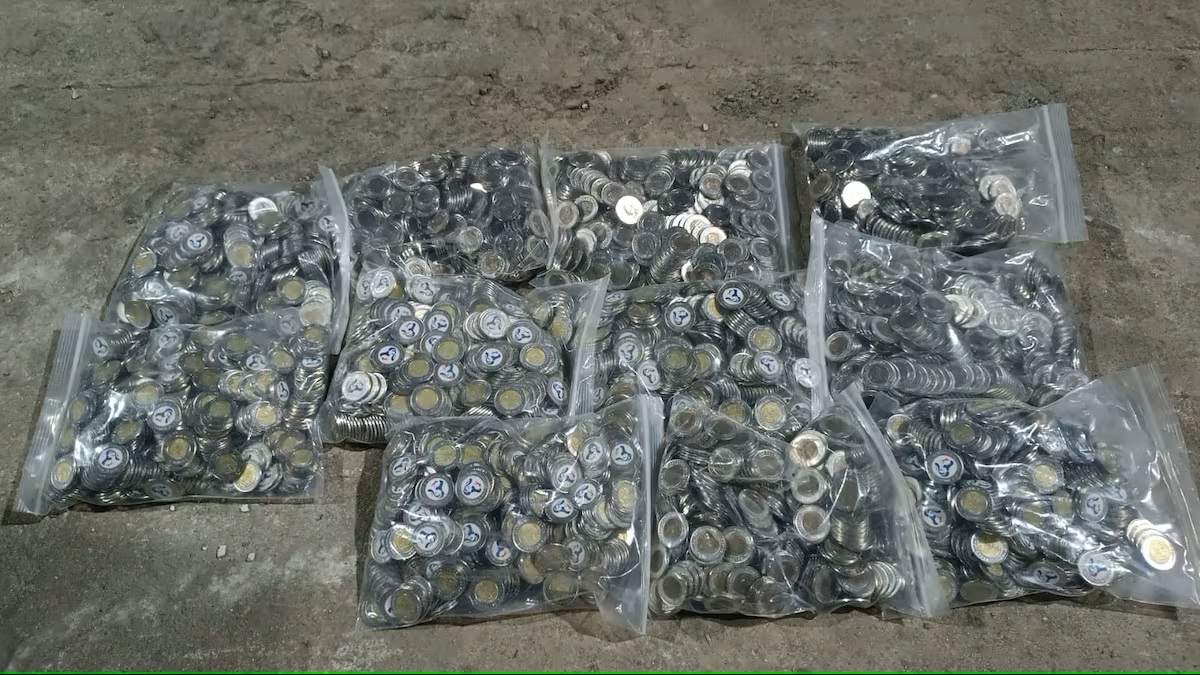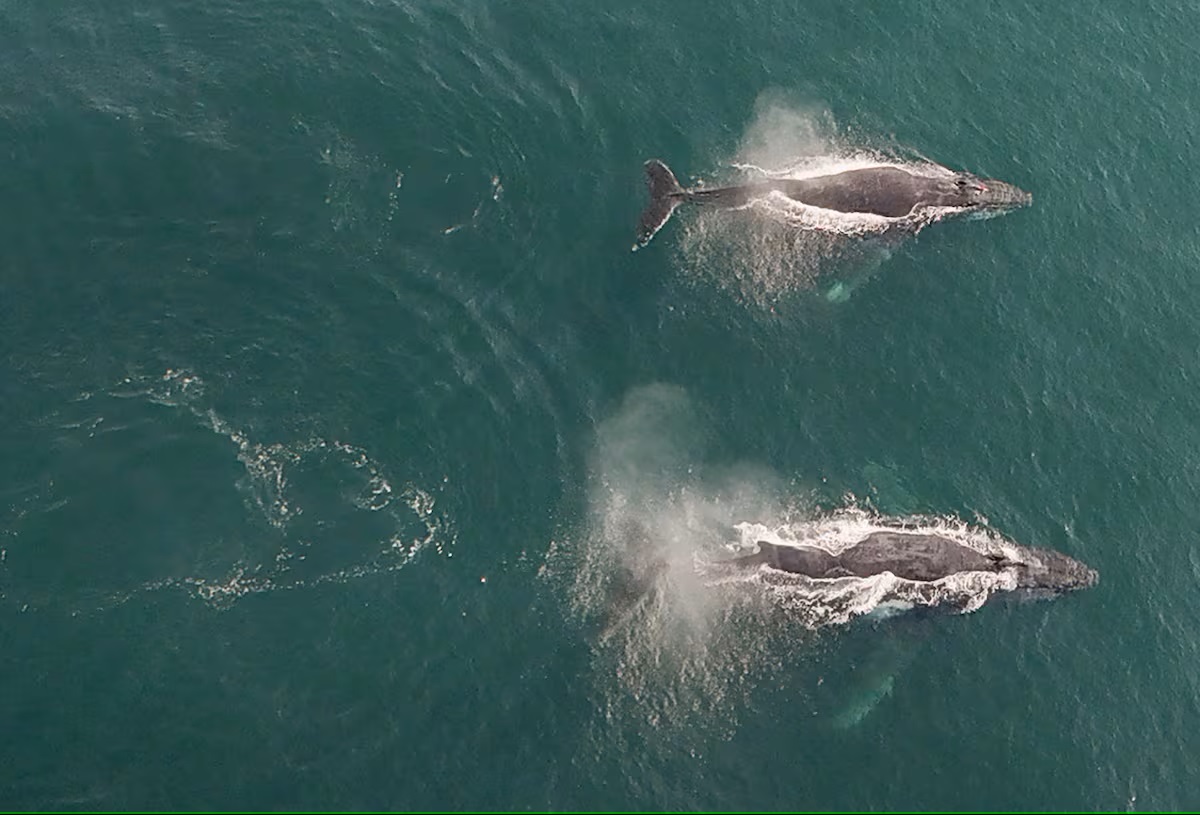Mexico launches rail challenge to Panama Canal

The president of Mexico, Andrés Manuel López Obrador, inaugurated on Friday, December 22 the Interoceanic Corridor of the isthmus of Tehuantepec) train, one of the last emblematic works of his Government with which he hopes to unite the Pacific Ocean with the Atlantic to compete commercially with the Panama Canal.
The work will connect the ports of Salina Cruz (Oaxaca, Pacific) with Coatzacoalcos (Veracruz, Atlantic), in a strip of 303 kilometers that will also have two deep-sea ports, cargo trains, highways, three airports in Minatitlán (Veracruz) and Ixtepec and Huatulco (Oaxaca), as well as a gas pipeline and a fiber optic network.
With the new communication route, the first line of three of the Interoceanic Train, Mexico seeks to boost international trade by linking Asia with the east coast of the United States and Europe through that passage, the narrowest point in the country.
“Panama is already saturated and we do not want to compete with our Panamanian brothers, we know what it cost them to recover their sovereignty (over the Canal). “It is not about competing with a brother country,” said López Obrador during the launch of the passenger railway, which has nine stations.
In addition to linking the Pacific with the Atlantic and exploiting the passage commercially, López Obrador intends to build an international trade logistics platform with 10 industrial parks – of about 300 hectares each – and 12 development poles, which will encourage companies to arrive, assemblers, and jobs.
Canal saturation
He added that during the Asia-Pacific Economic Cooperation Forum (APEC), in mid-November, he spoke about the project and assured that the Asian countries present showed interest in the project given the saturation of the Panama Canal.
“It’s about there being other options. Trade has grown a lot in Asia, the Pacific ports, for example Manzanillo (in Colima), are the ones that move the most containers due to the growth of Asia and there are unbeatable conditions to achieve this,” he noted.
He indicated that the area of influence of the work covers 115 municipalities and 9,418 communities, recalling that the development poles are four in Veracruz, six in Oaxaca and two in Chiapas.






